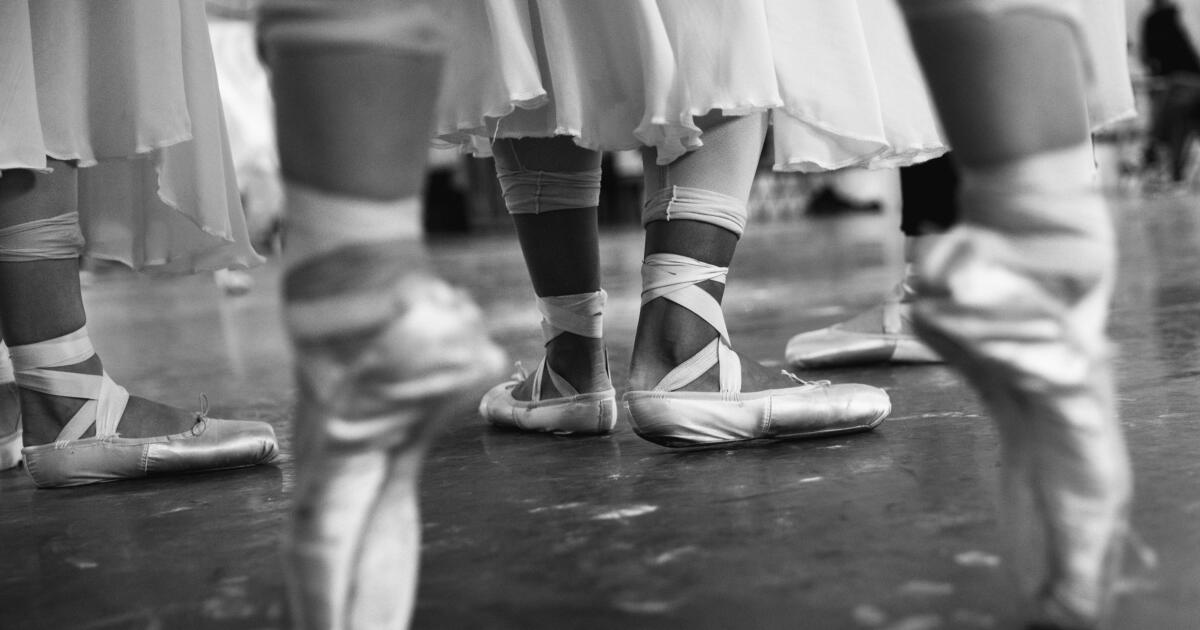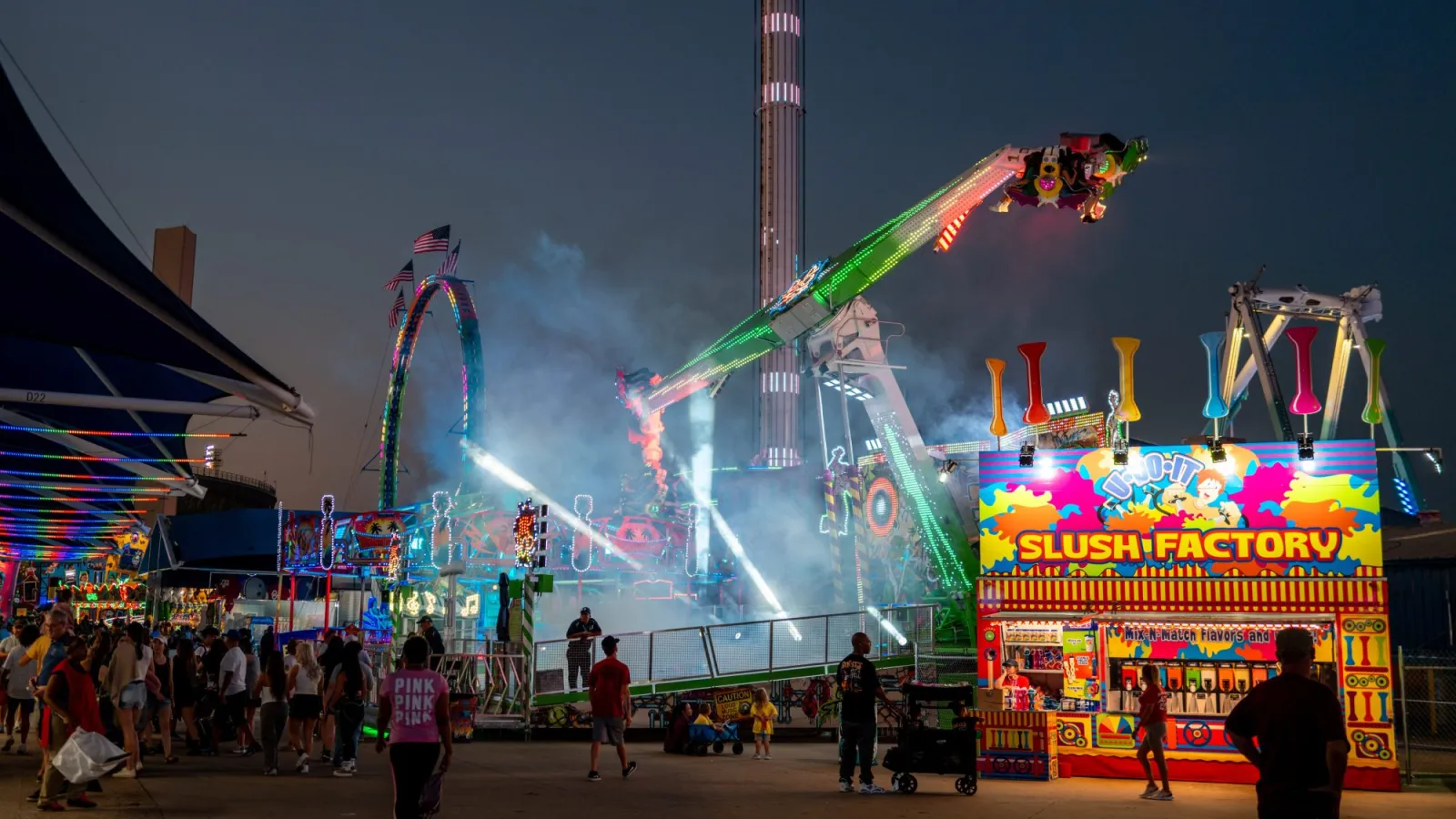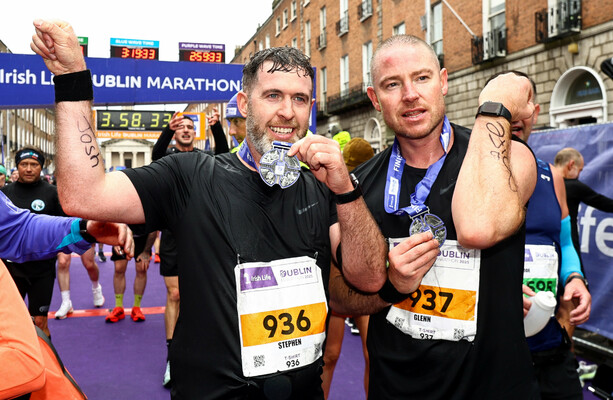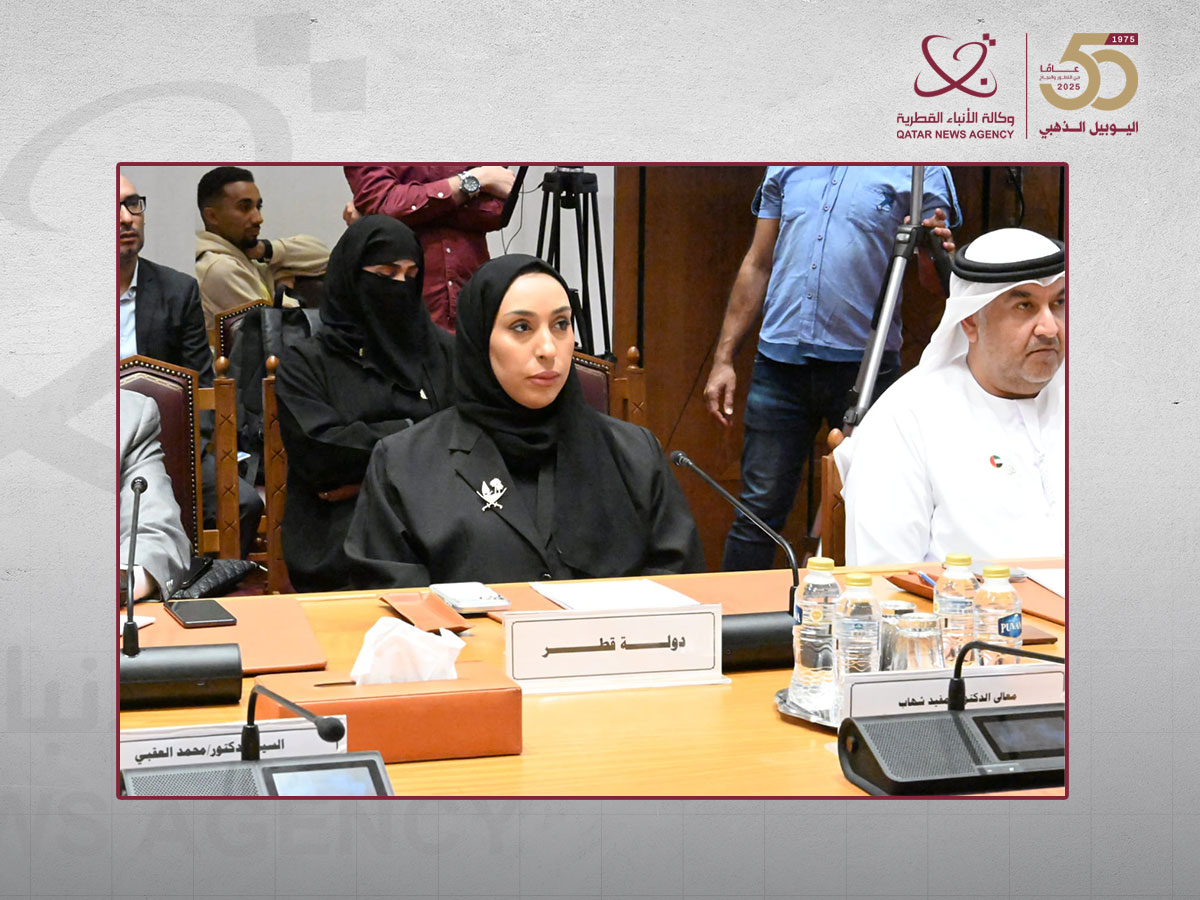Copyright Los Angeles Times

I fell in love with dance as a child. For me, it was joy in motion — a healthy, creative expression where I found confidence, discipline and community. I started ballet lessons at age 11 and was transformed by the experience. However, in recent decades, I’ve watched something precious slowly erode. The children’s dance world I knew decades ago — one rooted in artistry and innocence — has been quietly hijacked by a culture that trades that innocence for clicks, profit and applause. Today, countless young dancers are being pushed into performing hypersexualized routines featuring revealing costumes and provocative music, long before they can truly comprehend what they’re doing onstage. This isn’t an overreaction. It’s a documented cultural shift and it’s harming a generation of kids inside and outside the dance industry who’ve been exposed to salacious content through a tsunami of grown-up images, videos and interactions across the internet and social media. In some cases, this sexualization might stem from dance instructors putting 8-year-olds in fishnet tights, heavy makeup and crop tops, and teaching them to perform choreography designed for adult spaces. In others, it starts with parents telling children — implicitly or explicitly — that their value lies in how “sexy” they appear onstage, not in their artistry. The American Psychological Assn. warns that sexualizing children — whether through media, advertising or performance — has measurable, damaging effects. The list is sobering: depression, eating disorders, body dysmorphia and shame, diminished self-esteem, higher risk of sexual exploitation and a self-image built around their sexual appeal. Young girls who internalize objectifying images often see themselves primarily through a sexual lens, which can overshadow exploration of their intelligence, creativity and individuality. I’ve seen it firsthand. The internet and media shape the physical provocative displays that show up on local and national stages. I recall attending a student-directed Cal State San Bernardino dance concert around 2010, expecting artistry and diverse movement. Instead, routine after routine featured college-age dancers in overtly sexual costumes set to obscene music, punctuated by catcalls from men in the audience. The following year it was worse. Of course, these are adults making these decisions. What concerned me most was how this style began to filter downward. The same explicit choreography, outfits and music soon appeared in high school performances, then in middle schools, elementary schools, even preschool groups. Older dancers had become a model for younger students, and those adult choices were now being normalized for children who couldn’t possibly grasp the implications. That was my breaking point. Sexualizing children’s dance doesn’t just harm their self-image — it also creates concrete risks. In today’s digital world, videos of these performances are innocently and routinely shared online. Predators actively seek out this content, using it to groom children for exploitation. Researchers have documented how adults who view these sexualized images and videos of children are more likely to see them as less intelligent, less deserving of dignity and ultimately less autonomous — a dangerous mental shift that erodes barriers to abuse. Social platforms can exacerbate the issue, rewarding provocative dance videos with likes and followers while making them instantly accessible to strangers. Some parent-run accounts even accept gifts — sometimes swimsuits or underwear — sent from strangers directly to the child performers’ homes. What message does this send to kids still learning who they are? Some will argue, in the name of “art” or “industry standards, ” that this is simply part of their self expression — and that the children can handle it. But children are not mini-adults. They deserve time to grow into their physical, emotional and sexual selves without being thrust into adult postures before they’re able to consent, often for the entertainment and profit of others. Our organization Dance Awareness: No Child Exploited has spelled out red flags: twerking and booty pops, grinding, obscene gestures, crotch drops, overt references to partying or substance abuse and extended “come hither” eye contact with the audience. None of this belongs in a children’s recital — or in front of cameras broadcasting videos of children to thousands across social media. The good news: Healthy children’s dance still exists. It uses age-appropriate music, costumes and movement. It nurtures creativity, fitness and teamwork. It leaves children looking — and feeling — like children. And if parents are diligent, they can find dance teachers and studios committed to teaching age-appropriate choreography. Our culture can change the trajectory of children’s dance — but only if we’re willing to look it in the eye and do something. Talk to other parents, dance teachers and dance studio owners about protecting children. Keep the conversation respectful but urgent. Many parents and instructors have never considered the long-term impacts of hypersexualization; shaming them won’t change minds, but education can. When looking for a studio, ask questions early about their position regarding costumes, music and choreography. Talk to your child about what they see in pop culture and on social media, and help them understand the difference between healthy self-expression and inappropriate performance choices. Support studios that put child welfare ahead of shock value. If the outfits, music or choreography feel inappropriate, trust your instincts. Organizations offer free resources and guides to address this growing problem, including the Healthy Dance Directory, an international database to help families find safe, age-appropriate dance environments for their children. Dance is a beautiful language. As a child, it opened me up to joy, discipline and a deeper connection to myself and others. I want every child to have that same gift that I had — a safe, empowering introduction to the art form.



